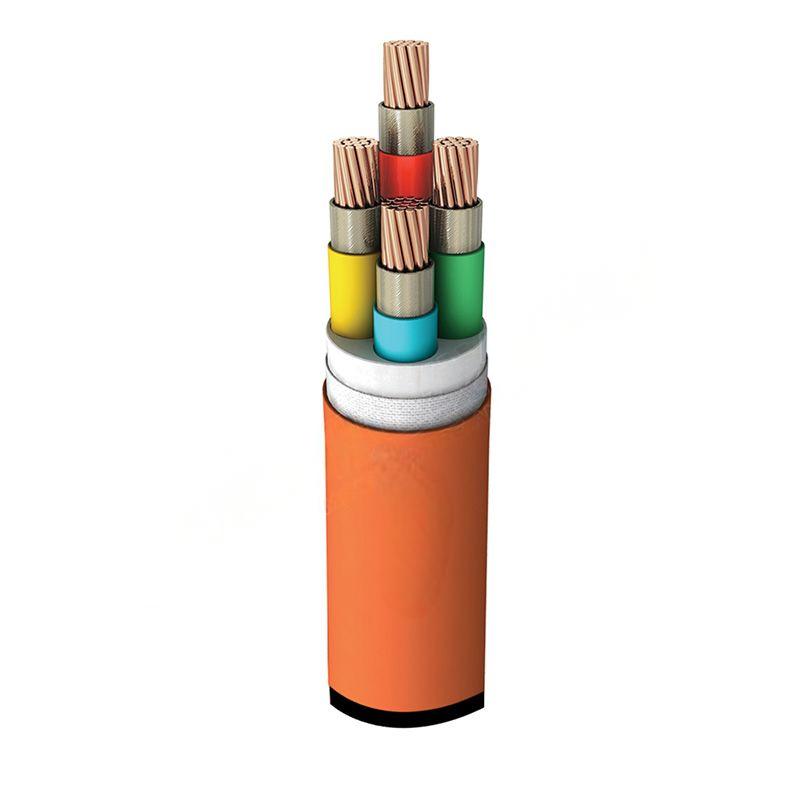វិច្ឆិកា . 21, 2024 14:48 Back to list
rubber check valve
Understanding Rubber Check Valves Function, Types, and Applications
Check valves play a crucial role in various fluid systems, ensuring that fluids flow in one direction while preventing backflow. Among the different types of check valves, rubber check valves stand out due to their flexibility, durability, and cost-effectiveness. This article will explore the function, types, and applications of rubber check valves, highlighting their importance in modern engineering and fluid management.
What are Rubber Check Valves?
Rubber check valves are devices designed to allow fluid to flow in one direction while preventing reverse flow. The primary component of these valves is made from rubber, which provides a flexible sealing mechanism. When the pressure of the fluid in the forward direction exceeds that in the reverse direction, the valve opens, allowing fluid to pass. Conversely, when the pressure reverses, the rubber component closes tightly, preventing backflow.
Functionality
The primary function of a rubber check valve is to safeguard systems from the potentially damaging effects of backflow. In various applications, backflow can lead to contamination of supply lines, decreased efficiency, and even equipment failure. Rubber check valves are particularly renowned for their ability to respond to pressure changes quickly and effectively, making them ideal for dynamic environments where pressure fluctuations are common.
The rubber elastomer used in these valves provides a superior seal compared to metal or plastic alternatives, making them suitable for applications involving solids and slurries. They can also absorb vibrations, reducing noise and stress on piping systems.
Types of Rubber Check Valves
Rubber check valves come in various designs to accommodate different applications. Some of the most common types include
1. Swing Check Valve This design features a disc attached to a hinge. When fluid flows in the correct direction, the disc swings open. If backflow occurs, the disc swings back against the seat, sealing the valve. Rubber is often used in the seat to ensure a tight seal.
rubber check valve

2. Lift Check Valve In this type, the valve disc moves up and down in response to changes in fluid pressure. A rubber seal can be utilized to prevent leakage when the valve is closed.
3. Ball Check Valve A ball check valve contains a ball that moves with the flow of the fluid. When the flow stops, the ball falls back onto the seat, creating a seal. The use of rubber ensures a compliant fit, preventing leaks.
4. Diaphragm Check Valve This design utilizes a flexible diaphragm to regulate flow. The diaphragm closes under reverse pressure, providing an effective seal. Rubber is ideal for these diaphragms due to its flexibility and ability to withstand wear.
Applications
Rubber check valves are versatile and find use across numerous industries, including
- Water and Wastewater Treatment They are crucial in protecting pumps and preventing backflow, which can lead to contamination in water treatment facilities. - Irrigation Systems In agricultural applications, rubber check valves help maintain pressure and prevent drainage in irrigation systems. - Industrial Processing These valves are common in chemical processing and food production, where preventing backflow is essential to maintain product integrity and safety.
- HVAC Systems Rubber check valves are often employed in heating, ventilation, and air conditioning systems to prevent reverse flow and protect compressors.
- Marine Applications In boats and ships, these valves help prevent flooding and maintain proper fluid management in ballast systems.
Conclusion
Rubber check valves are essential components in various fluid systems, providing efficient, reliable protection against backflow. Their design and material properties make them suitable for a wide range of applications, ensuring safety, efficiency, and longevity in both industrial and domestic environments. Understanding the different types and functions of rubber check valves can help engineers and technicians make informed decisions regarding their use and implementation in fluid management systems. As industries continue to evolve, the role of rubber check valves remains critical in maintaining the integrity and functionality of fluid transport systems.
Share
-
Reliable Wafer Type Butterfly Valves for Every IndustryNewsJul.25,2025
-
Reliable Flow Control Begins with the Right Ball Check ValveNewsJul.25,2025
-
Precision Flow Control Starts with Quality ValvesNewsJul.25,2025
-
Industrial Flow Control ReliabilityNewsJul.25,2025
-
Engineered for Efficiency Gate Valves That Power Industrial PerformanceNewsJul.25,2025
-
Empowering Infrastructure Through Quality ManufacturingNewsJul.25,2025


